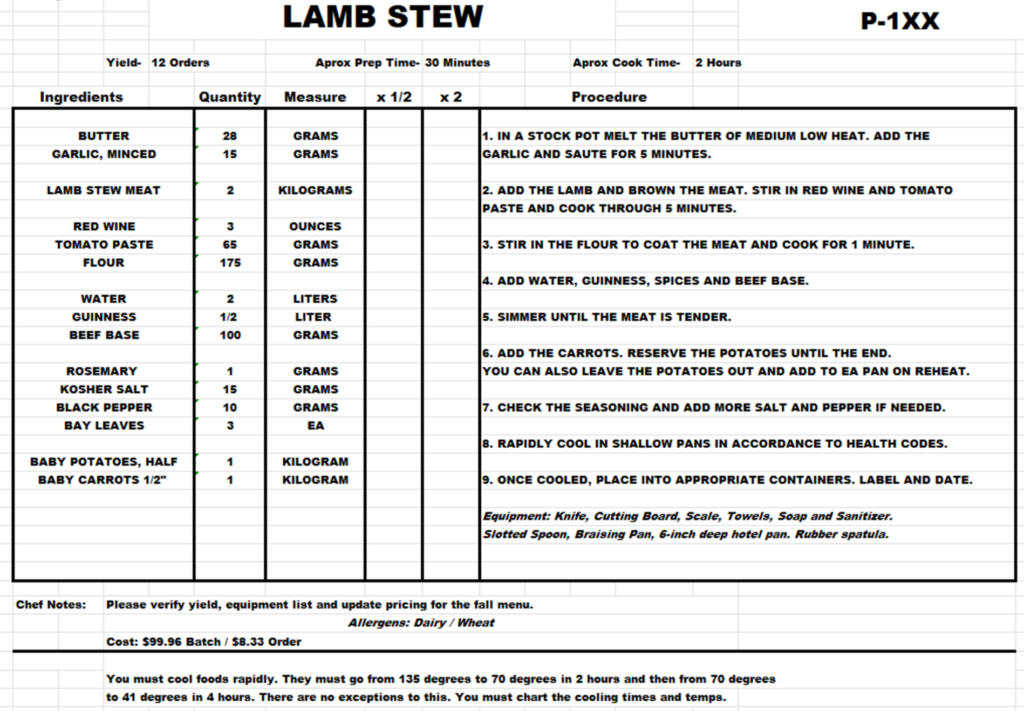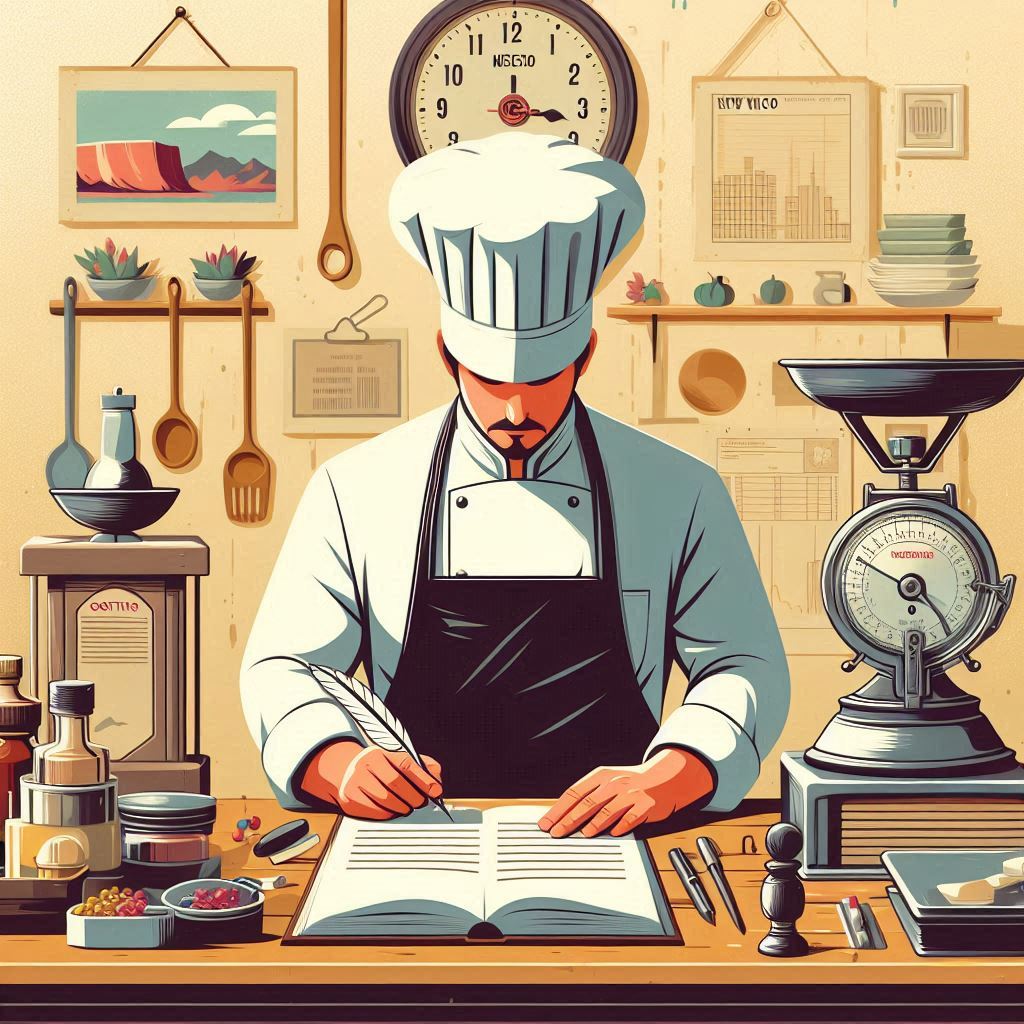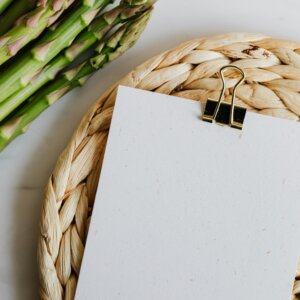Recipes are our guidelines; at their core, they are the heart of our business. The strongest operators have codified them into a repeatable format. The places that struggle more generally don’t have a sound recipe system. You are ahead of many operators; if you already have your recipes in a digital and searchable format, congratulations!
Codify –The basic definition of codify is to arrange a plan or system for which we will codify the recipe. This will include our standardized formatting. We use font, point size, classifications, ingredient order, cost, and abbreviations. Build a template in your Word Processing, Spreadsheet, PDF Maker, or Notes App, and keep it accessible.
For me, the best recipes have some distinct characteristics:
- They are repeatable.
- They use the fewest ingredients to achieve the results.
- They use measurements and units in which raw ingredients are commonly packaged.
- Thereby reducing open containers and packages.
- They make sense.
I've used the same formatting in a spreadsheet for over 25 years. Occasionally I've added things to it, but at the heart, it hasn't varied. By all means, format how you would like and in the program of your choice. Just keep it simple and adaptable.

The above recipe is almost ready for the recipe book. In the Chef Notes, you can see there are a couple of verifications before being signed off and dated. The volume of the red wine is in ounces and not milliliters. Most digital scales have an ML setting. It is the same weight as a gram. When you start weighing everything in your recipes.
- Your costs will start to get better.
- Your product will be more consistent.
- Your prep will become more efficient.
Why would I use a spreadsheet for my recipe book?
- Almost all basic kitchen management office work is done using a spreadsheet.
- You can keep a cost calculation sheet in the form.
- You can link the recipes to a master index sheet.
- Adding and placing the blank template into the correct area is easy.
- We can set the format to print our books as we would like and print them in order.
I will expand on this in a future post.
Note: If your recipes are digital, Check to see if they fit the following guidelines. There isn't a strict universal type and font set for writing recipes, but there are some common practices that can help make recipes clear and easy to read:
Clear, Readable Fonts:
- Use fonts that are easy to read, like Arial, Helvetica, or Verdana.
- These fonts are clean and don't have decorative flourishes that can make text more challenging to read.
Consistent Formatting:
- Keep the formatting consistent throughout the recipe.
- Use the same font, size, and style for all text, including ingredients, instructions, and additional notes.
Bold or Capitalize:
- Use bold or capitalize key elements such as ingredient names or headings (e.g., "Ingredients," "Instructions") to make them stand out and easier to find.
Bullet Points or Numbered Lists:
- Use bullet points or numbered lists for ingredients and instructions to make them easy to follow and distinguish from each other.
Spacing:
- Use ample spacing between lines and sections to improve readability and make it easier to navigate the recipe.
Descriptive Headings:
- Use descriptive headings for recipe sections, such as "Ingredients" and "Instructions," to help users quickly find what they need.
Chef of Record, Notes, Revised Date, and Costs:
- Keeping the chef's revised date and recipe cost in the form is a good practice.
- Our recipes should be revisited and updated annually.
- Costs and batch size/yield adjustments are the most common adjustments.
Allergens and Health Department Requirements:
- Notes about allergens and specific cooling or reheating methods.
- Using health department-specific language can assist in adhering to safety measures.
Example.
Health Code Language:
Allergens: Dairy, Wheat
You must cool foods rapidly.
They must go from 135 degrees to 70 degrees in 2 hours and then from 70 to 41 degrees in 4 hours.
There are no exceptions to this.
You must chart the cooling times and temps.
Equipment and Timing:
- A list of all equipment and tools needed to prep the recipe should be included.
- Add approximate prep time and cooking times.
Yield and Storage:
- Add storage notes to your recipes. Think about how these products end up in the chef line. We are trying to avoid multiple container transfers.
- From mixing bowl to gallon container to quart container, it doesn't make sense if it can go right to the quart container.
Remember, the most important aspect of writing a recipe is clarity. Regardless of the font and formatting choices, ensure your recipe is easy to understand and follow.
Thank you for your time. Lead a balanced life.
Matthew Moyer – The Kitchen System Blog @kitchensystem.org




